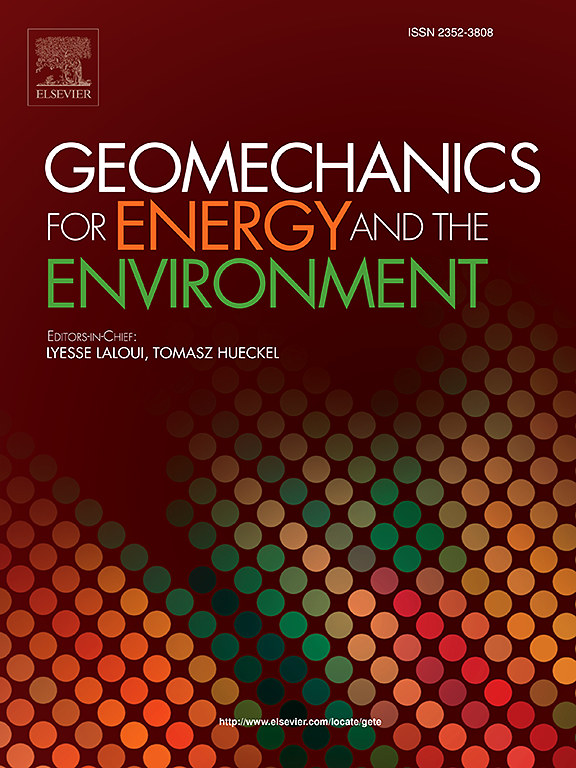The behaviour of expansive soils is majorly influenced by the mineralogy and the environmental conditions contributed by the seasonal moisture changes. Many structures found on the expansive soil depict severe distress due to the volume change behaviour of the soil. The volume changes correspond to moisture fluctuations which occur with the wetting–drying cycles associated with climatic variations. The wetting–drying cycles also impact the chemical treatment methods adopted to curtail swelling and shrinkage. The present study evaluates and compares the magnitude of swelling and shrinkage depicted by Lime and Lignosulphonate amended soils under wetting and drying cycles imposed under laboratory conditions. A specially modified oedometer apparatus was adopted to simulate the field drying conditions. The untreated soil exhibits higher swelling strain than the shrinkage strains with cycles of wetting and drying. There is a decrease of nearly 9% in swelling and 5% in shrinkage from the first cycle to steady state cycle. The swelling strain followed a decline to the steady state, however lime and LS amended soil depicted an initial decrease and then an increase in swelling strains before steady state. The treated and untreated soils also attain equilibrium characterized by different bandwidths and also exhibit difference in swelling and shrinkage rates, with untreated soil exhibiting a longer time to complete the swell-shrink cycles. The study further quantifies these variations for treated and untreated soil and the respective rates of primary and secondary swelling and shrinkage. The results are also justified with a physicochemical analysis of the leachate collected during the wetting–drying cycles.


